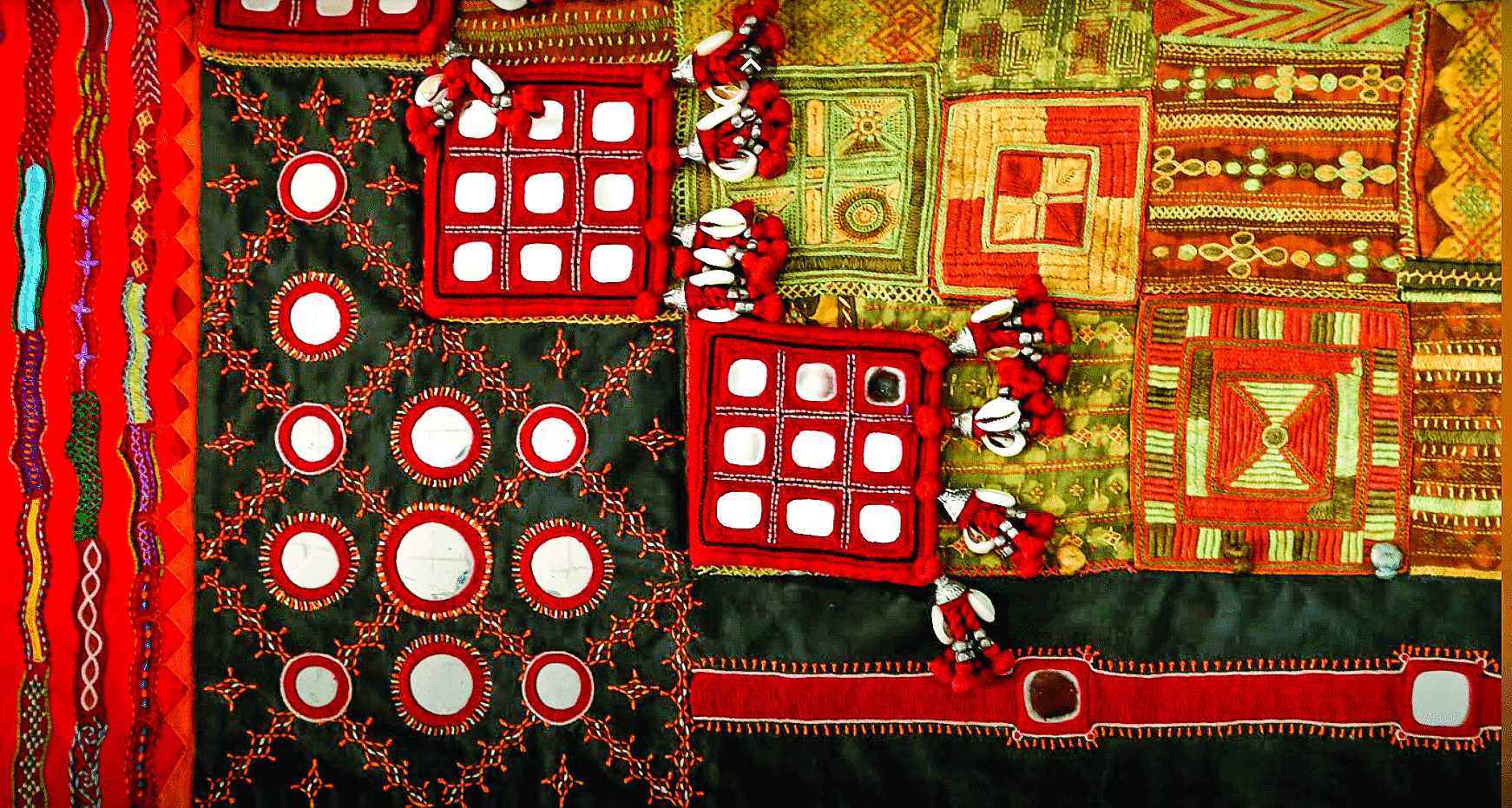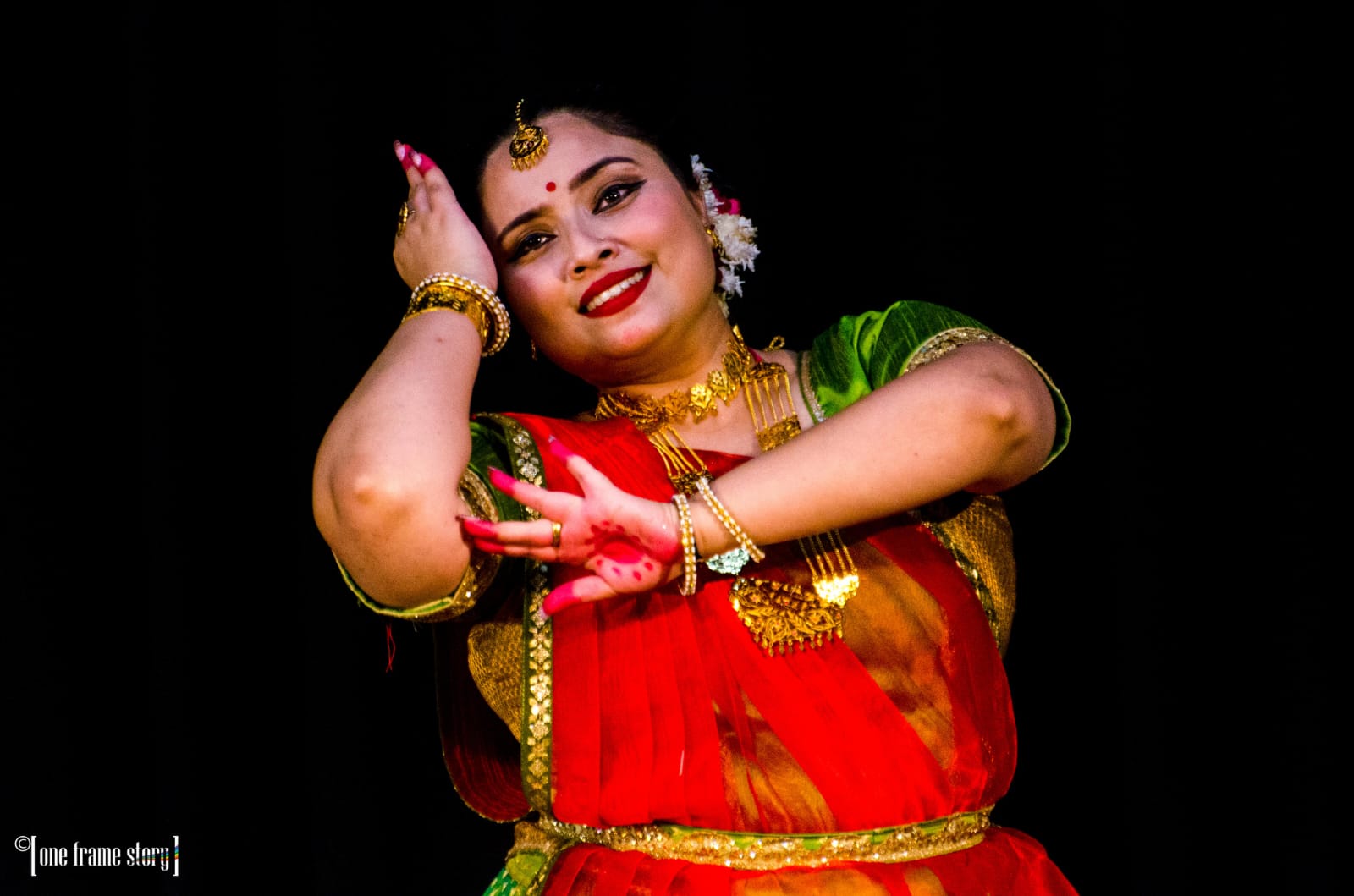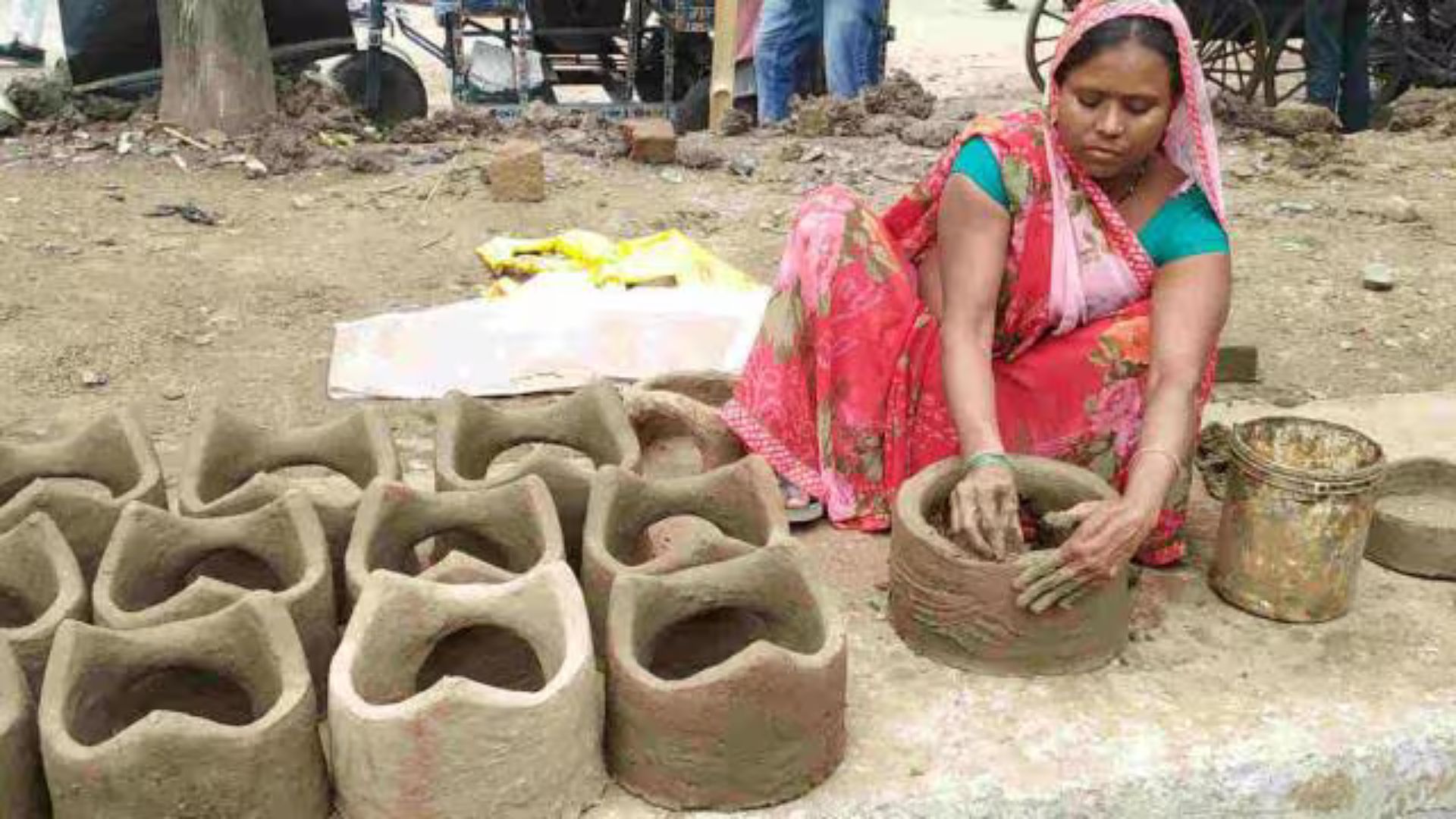The Banjara community, traditionally nomadic and spread across various Indian states, possesses a rich history potentially linked to the ancient Indus Valley civilizations of Mohenjodaro and Harappa. Historically engaged in agriculture and cattle herding, the community today is designated as a Scheduled Tribe in states such as Karnataka, Delhi, and Punjab, while other states recognize them under the Other Backward Class category.
With the onset of rapid globalization, along with large-scale migration, the Banjara community’s cultural heritage has significantly weakened in recent decades. The traditionally close-knit communities today are at risk of dissolving with mass migrations for better opportunities endangering the ancient community and their culture. Women who once proudly wore traditional garments have now switched to less expensive, synthetic modern clothing which is easier to maintain, signifying a massive loss of a once-important symbol of Banjara’s identity.
Additionally, similar to many tribal groups, Banjara women face significant neglect: limited access to education, financial dependence on male family heads, and frequent domestic violence restrict their agency. They are often seen solely as homemakers with minimal influence on household decisions.
Recognizing these hardships, several organisations collaborate with local artisans – especially Banjara women – to rediscover their cultural identity via Lambani art and preserve it by promoting Lambani art goods, while simultaneously reviving the slowly-dying art form of the community. These organizations take a multi-faceted approach to empower the community and revitalize cultural heritage by providing access to healthcare and education and enhancing financial inclusion, granting them greater financial independence.
Government support, non-governmental organizations, and social enterprises play a crucial role in providing training, access to markets, and promoting sustainable practices within the Lambani artisan community.
These initiatives have not just empowered the Lambani community economically but also positioned them – especially the women in the community – as leaders in reviving, preserving, and safeguarding their age-old cultural heritage.
Moreover, these concerted efforts at all levels focus on not only preserving the Lambani embroidery but also breathing a new life into them in the modern age by incorporating contemporary design elements – catering to the new-age masses without losing their essence. This balanced blend of tradition and innovation not only sustains market relevance but also strengthens the economic resilience of Lambani artisans amidst changing consumer preferences.
Additionally, the recent surge in global appreciation for ethically sourced, handcrafted products has opened new avenues for the Lambani artisans, allowing them to demonstrate their artistry on a global stage. Furthermore, organizations that promote fair trade and ethical practices elevate the marketability of Lambani art, ensuring that artisans receive fair compensation for their work, and creating a sustainable economic model.
The economic impact of Lambani art extends far beyond simple commerce: it fosters a powerful link between cultural preservation and the community economically. By carrying the torch of their vibrant artistic legacy, Lambani artisans not only enrich their own lives but also strengthen their communities. Their creativity, resilience, and unwavering dedication to their heritage fuel this remarkable revitalization.
The author is the founder of Banjara Kasuti.























